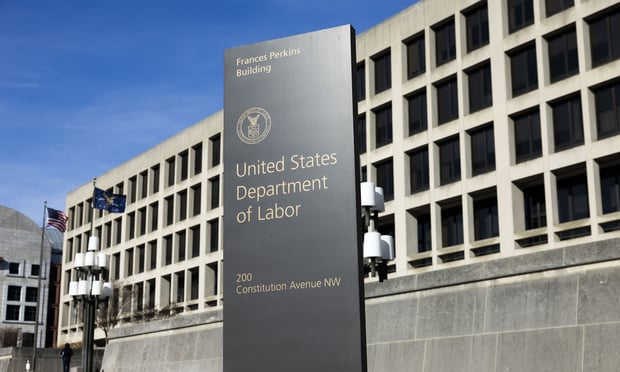 To help their organizations and employees weather the current storm and prepare for calmer post-COVID waters, benefit and HR pros must have a plan to manage elective surgery demand.
To help their organizations and employees weather the current storm and prepare for calmer post-COVID waters, benefit and HR pros must have a plan to manage elective surgery demand.
With the latest COVID resurgence forcing hospitals to curtail and even cancel elective surgeries, employers are again concerned about the impact of delayed care on their employees and how to manage their needs.
Recommended For You
Complete your profile to continue reading and get FREE access to BenefitsPRO, part of your ALM digital membership.
Your access to unlimited BenefitsPRO content isn’t changing.
Once you are an ALM digital member, you’ll receive:
- Breaking benefits news and analysis, on-site and via our newsletters and custom alerts
- Educational webcasts, white papers, and ebooks from industry thought leaders
- Critical converage of the property casualty insurance and financial advisory markets on our other ALM sites, PropertyCasualty360 and ThinkAdvisor
Already have an account? Sign In Now
© 2025 ALM Global, LLC, All Rights Reserved. Request academic re-use from www.copyright.com. All other uses, submit a request to [email protected]. For more information visit Asset & Logo Licensing.








